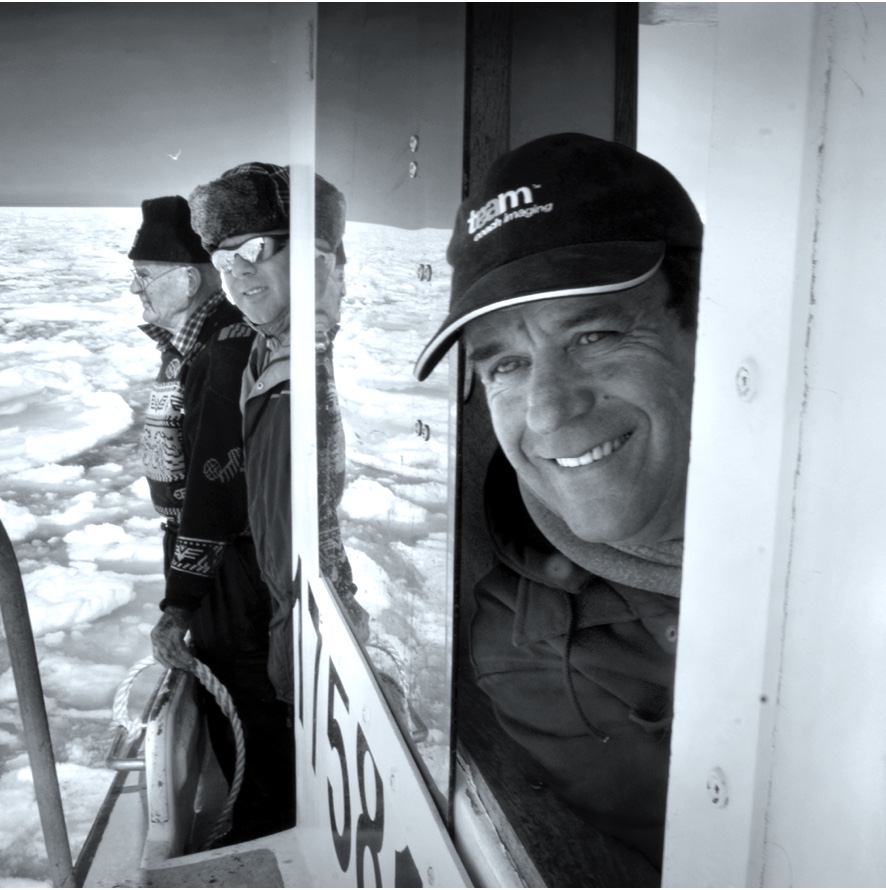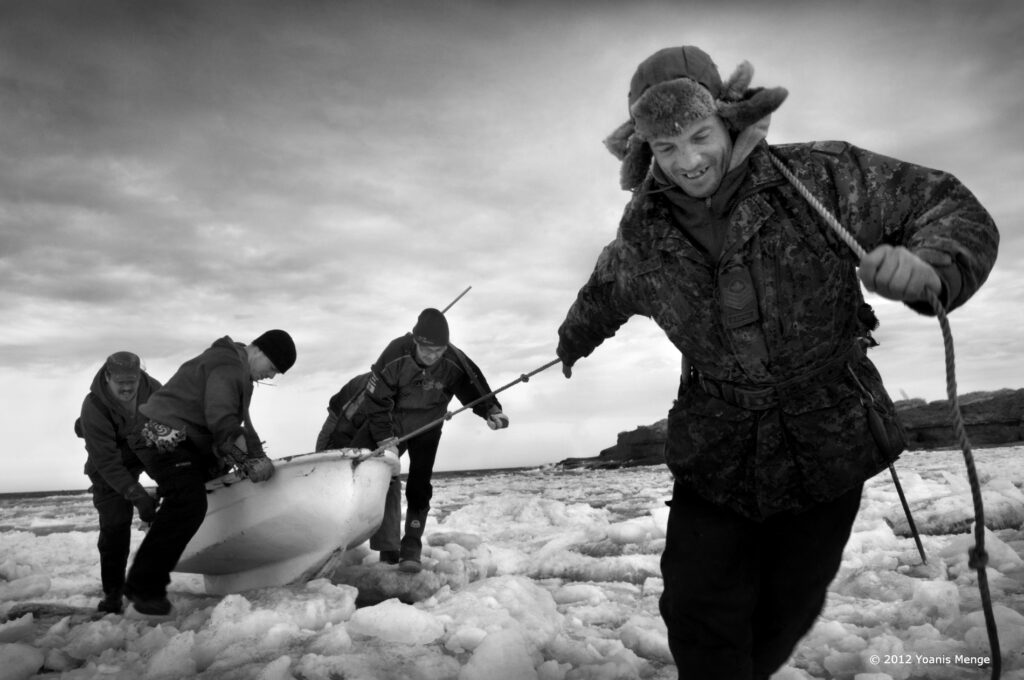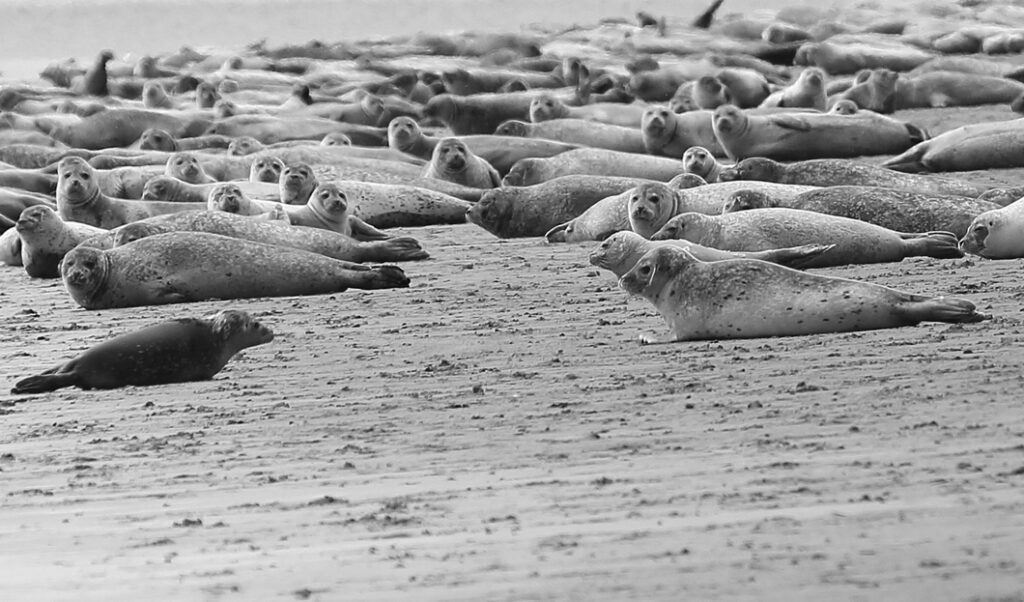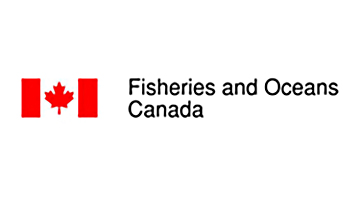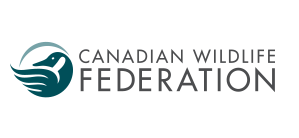Animal Welfare
- The Government of Canada has strict science-based regulations, which are reviewed regularly, to ensure a humane harvest.
- The Marine Mammal Regulations (MMR) stipulates the proper technique and specific types of tools to use that ensure seals are harvested humanely.
- Canada’s science-based, three-step process ensures that animals are harvested quickly and humanely.
- Several reports have confirmed that seal harvest is humane and ethical. This article reports the results of observations made by representatives of the Canadian Veterinary Medical Association during the hunt and compares them with observations made by members of the International Fund for Animal Welfare. The conclusion is that the large majority of seals taken during this hunt are harvested in an acceptably humane manner.
